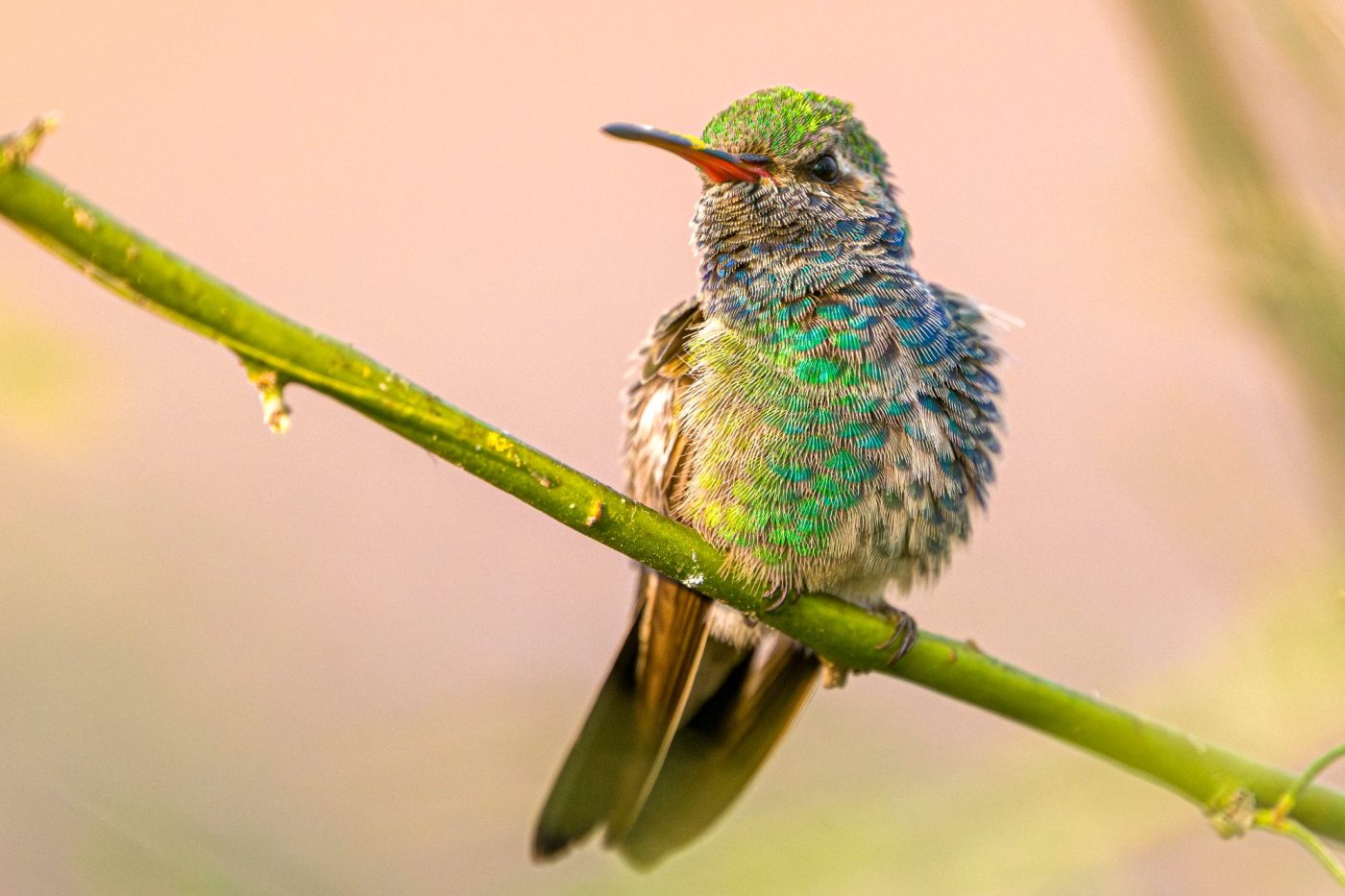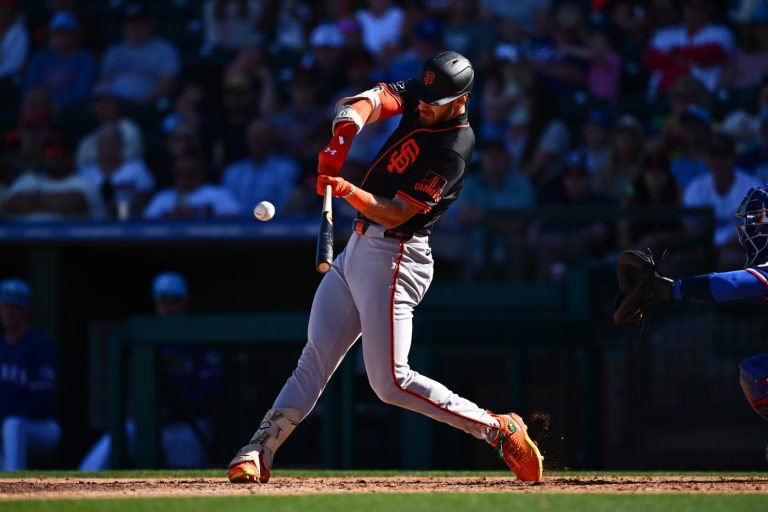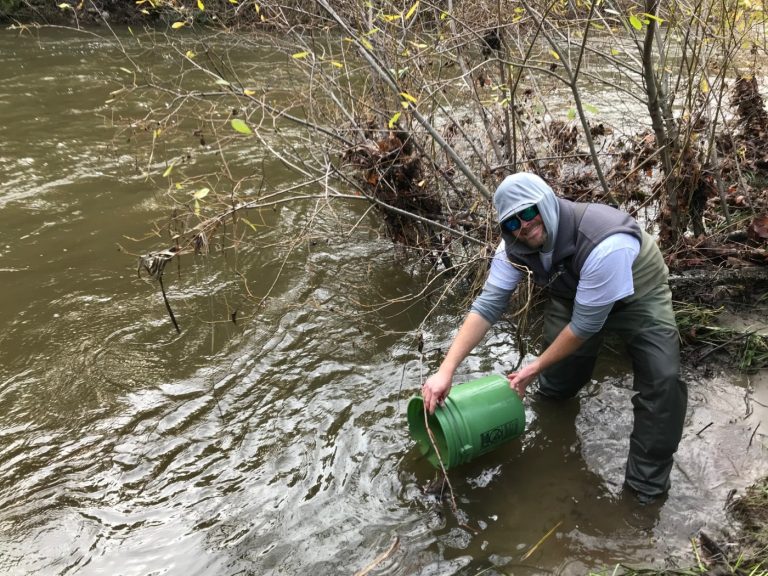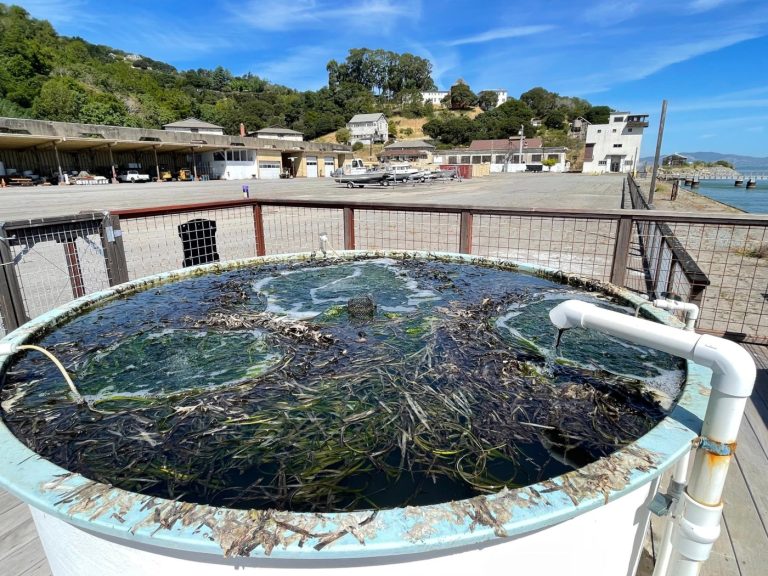Q. I really enjoy seeing hummingbirds in my yard every summer. Do you have any suggestions for making my garden more attractive to them?
Many people like to put out feeders filled with sugar water to attract these fascinating little birds. Although they are effective in drawing hummingbirds sometimes in great numbers, they require a fair amount of maintenance. The feeders themselves should be cleaned frequently and the artificial nectar constantly replaced. Neglecting proper sanitation could allow mold and/or bacteria to grow and sicken the birds. I’ve even heard of large praying mantises waiting near these feeders so they can catch and eat unsuspecting birds! Fortunately, there is a better way to attract hummingbirds to your garden that is healthier and safer for the birds.
When planning a hummingbird garden, think about locating it somewhere you can observe without disturbing them. A good place would be right outside a kitchen window. Birds require a food source, clean water, perching and nesting sites. The sound of trickling or running water is irresistible to birds, especially during the hot summer months. A plain old birdbath is okay but think about adding a solar-powered pump to generate more interest.
Related: Rare hummingbird turns California family’s new yard into tourist attraction
Related Articles
SF Giants’ field operations sends in the drones at Oracle Park
Is my cat’s preference for drinking from a cup just a ‘cat thing?’
Hummingbirds: The tiny, mighty and amazing things they do
A plant that’s everywhere is fueling a growing risk of wildfire disaster
How do I stop ants from repeatedly swarming my cat’s food bowl?
A spill fountain that provides areas of shallow moving water is especially attractive and will also give the birds a place to bathe themselves. I also like to place a shallow clay saucer containing several pebbles near a drip emitter so butterflies, bees, and other insects can easily stop by for a drink. Since the water is shallow, it tends to evaporate by the end of the day. Locating the saucer near a drip emitter allows it to automatically get refilled every morning.
Small trees, especially natives such as toyon or western redbud, have branches that are thin enough to perch on. These provide shade, a place to hide from predators, and a convenient place to rest.
Placing a trellis nearby and allowing flowering vines like clematis or Dutchman’s pipe to climb also provides a safe place for hummingbirds to hide out and adds an element of height to the garden.
RELATED: Hummingbirds: The tiny, mighty and amazing things they do
Of course, a variety of food sources is going to be the main attraction. Hummingbirds are most attracted to red, orange, and pink nectar-bearing flowers. Choose an assortment of native annual and perennials that will flower throughout the year. For early spring, pink-flowering currant, black sage, hummingbird sage, and sticky monkeyflower provide vibrant color and nectar. In later spring and summer, coyote mint and scarlet bugler will provide fresh flowers as the early spring blooms begin to fade. For winter interest, manzanita, chaparral currant, and fuchsia-flowered gooseberry provide nectar-bearing tubular, bright red flowers.
Avoid using pesticides around plants that provide food for wildlife, since many of these chemicals can be harmful to wildlife.]












